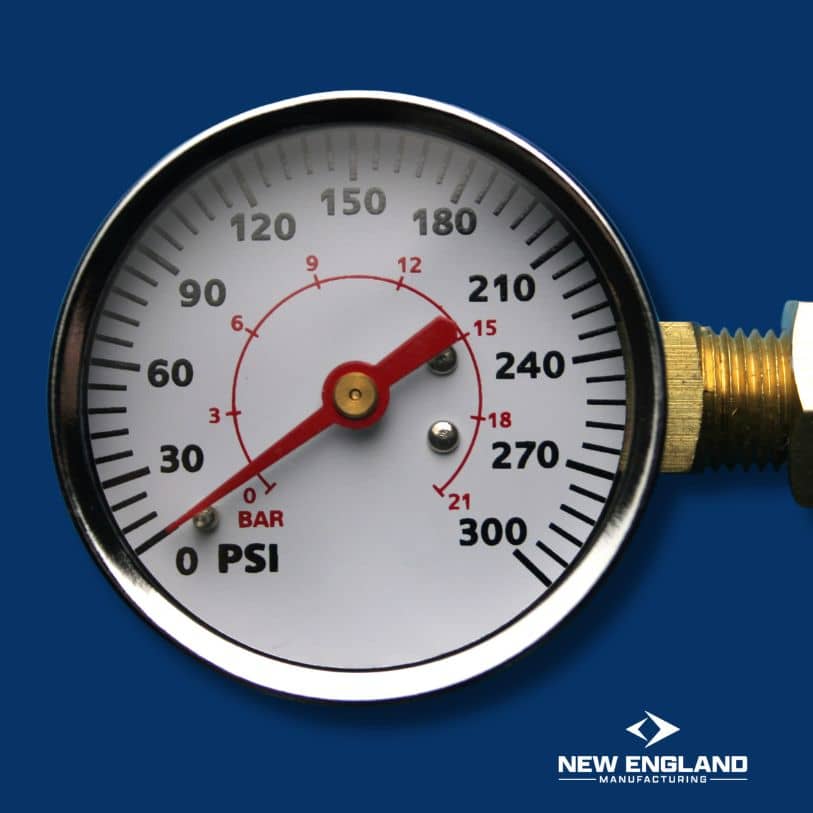The Science of Measuring Water Flow
In the dynamic world of fluid mechanics, understanding the movement and volume of water is crucial. Not only is it about observing water as it moves through various channels, but it’s also about accurately gauging its flow to ensure efficiency, safety, and sustainability. This is where water flow measurement devices become indispensable tools. Serving as crucial components in numerous sectors, these devices play a pivotal role in applications ranging from wastewater treatment to irrigation systems. In this detailed exploration, we aim to uncover the functionality, types, and importance of precise water flow measurement in various settings.
The Significance of Accurate Water Flow Measurement
Accurate water flow measurement not only meets technical requirements but also forms a cornerstone in various sectors. In industrial settings, for example, it ensures operational efficiency and helps industries adhere to stringent regulatory standards. Similarly, in agriculture, precise measurement manages irrigation effectively, impacting crop yield and water conservation. In urban areas, it plays a crucial role in water supply and sewage systems, directly affecting public health and infrastructure management. When it comes to environmental protection, these devices provide key data for monitoring river flows, essential in flood management and preserving aquatic habitats. Thus, the accuracy of these devices integrates human needs with environmental stewardship.
Types of Water Flow Measurement Devices
The diversity in the design and functionality of water flow measurement devices reflects the varied needs of their applications. Industries widely use mechanical flow meters, like turbine and positive displacement meters, for their reliability in clean water applications. Electromagnetic flow meters, measuring flow based on electrical conductivity, suit wastewater applications due to their non-intrusive nature. Ultrasonic flow meters use sound waves to measure flow rate and are invaluable in situations requiring minimal fluid contact. Vortex flow meters, suited for steam and gas flow measurement, thrive in high-temperature and high-pressure environments. Each meter type comes with its pros and cons, necessitating careful selection based on specific requirements, such as fluid type, flow range, and environmental conditions.
Challenges and Solutions in Water Flow Measurement
Measuring water flow often presents diverse and complex challenges. For instance, large rivers or pipes with high particulate content pose significant measurement challenges. Similarly, ensuring accurate measurements in remote or inaccessible locations presents logistical challenges. To overcome these, technological advancements have introduced remote sensing and telemetry, enabling real-time data collection from distant locations. Smart meters, equipped with self-diagnostic and calibration features, help maintain accuracy and reduce the need for frequent maintenance. The development of robust and versatile meters, capable of handling a wide range of conditions and fluid types, has significantly mitigated many traditional flow measurement challenges.
Installation and Maintenance Considerations
Proper installation and maintenance ensure the accuracy and longevity of water flow measurement devices. For example, installers must choose installation sites carefully to avoid disturbances like eddies or turbulence, which can affect measurement accuracy significantly. They must also consider factors like pipe size, flow profile, and upstream and downstream disturbances during installation. Regular maintenance, involving routine calibration, cleaning, and wear and tear checks, is equally important. Modern devices with smart technologies allow for predictive maintenance, identifying potential issues before they cause significant problems and ensuring continuous and reliable measurements.
Future Trends in Water Flow Measurement Technology
The future of water flow measurement technology looks promising, with trends leaning towards increased digital integration. The growing use of IoT devices allows for better connectivity and data sharing. This connectivity facilitates large data volumes collection and analysis, enabling more informed decision-making. Additionally, the application of AI and machine learning in water flow measurement is becoming more common. These technologies offer predictive analytics potential, enabling proactive water resource management. Another trend is sensor miniaturization, making them more affordable and easier to install. These advancements not only improve measurement accuracy and efficiency but also open new possibilities for water management in various settings.
The Role of Water Flow Measurement in Environmental Conservation
In environmental conservation, water flow measurement devices prove invaluable. They track changes in river flows, indicating environmental stressors like droughts or pollution. These devices also play a crucial role in wetland management, where maintaining appropriate water levels is key to preserving biodiversity. Accurate flow measurements aid in studying climate change impacts on water resources, providing data vital for sustainable planning. Moreover, these devices support the restoration of natural water bodies, ensuring that restoration efforts align with ecological needs. The data from these devices informs conservation strategies and raises public awareness about the importance of water resource management, playing a critical role in shaping a sustainable future.
Conclusion
Concluding this guide, it’s evident that water flow measurement devices are vital in managing water, a precious resource. Their role in ensuring industrial efficiency and aiding environmental conservation is significant. As technology progresses, we can expect even more sophisticated devices, to enhance our water management capabilities. Despite the challenges, with the right tools and knowledge, effective water flow measurement is achievable. Understanding these devices’ roles and functionalities is a step toward appreciating and preserving our water resources.
Read More:
Water Flow Device for Fire Safety

Mark R.
With a strong foundation in industrial safety and fire protection systems, Mark R. specializes in creating clear, technical, and compliance-driven content. Writing for SafeTech Reports, he covers topics such as fire hydrant testing, PPE protocols, emergency procedures, and smart technology integration in safety systems. His work ensures that professionals stay informed on the latest regulations, best practices, and emerging trends in safety and infrastructure maintenance.
Get in touch
We usually respond within 24 hours
Need Reliable Water Flow Test Equipment?
For over 70 years, New England Manufacturing has been the trusted source for fire hydrant and water flow testing kits. From pitot gauge kits to custom test kits, we provide precision, durability, and expert calibration to meet your needs.
- Custom-built test kits
- High-quality pressure gauges
- Reliable calibration services


